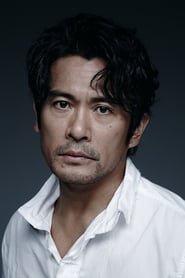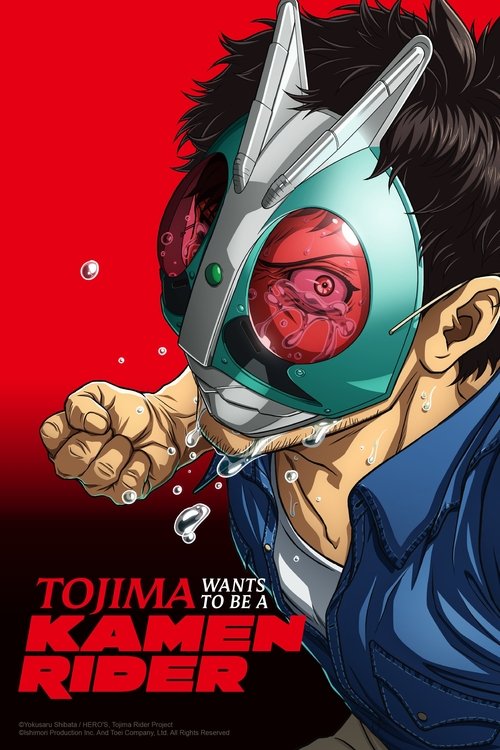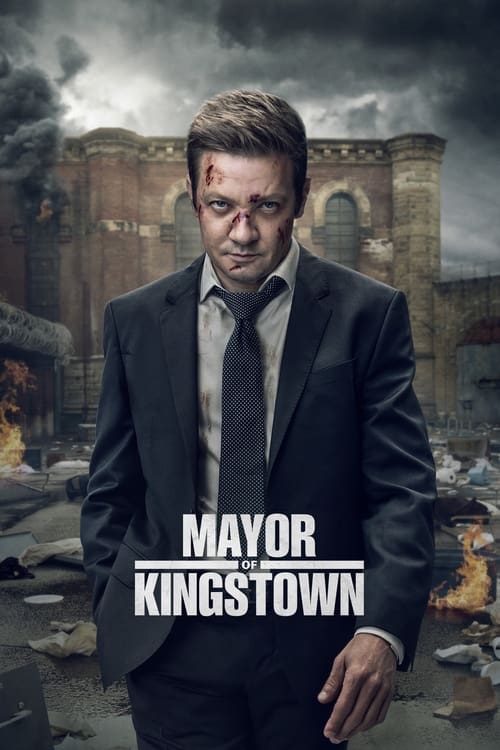
Ask Your Own Question
What is the plot?
The episode opens with the trainees of the Air Rescue Team, now several weeks into their year-long pararescue jumper (PJ) training, gathered at the pool for the next phase of their instruction. The mood is tense but determined; the group has begun to develop a sense of camaraderie, but the pressure of the upcoming sea training looms large. Instructor Usami Seiji, played by Seiyo Uchino, explains that today's session will focus on underwater patrols while maintaining controlled breathing--a critical skill for rescue operations in open water.
Hasebe Tatsuya, one of the trainees, volunteers to go first. He submerges and begins the exercise, but as the seconds pass, it becomes clear he is struggling. His movements grow erratic, and despite his efforts to remain calm, he suddenly loses consciousness underwater. The other trainees, including Shirakawa Tomoki and Sawai Jin, watch in alarm as Hasebe's body goes limp. Instructor Usami immediately signals for the exercise to stop, and Hasebe is quickly pulled from the pool. Paramedics on standby rush to his side, and after a tense few moments, Hasebe regains consciousness, coughing and disoriented but otherwise unharmed.
Shirakawa, who had been observing quietly, is visibly shaken by the incident. Flashbacks to a previous training session flood his mind--specifically, the memory of Fujiki Sayaka, a fellow trainee who drowned during an earlier exercise. Shirakawa's hands tremble as he recalls the helplessness he felt then, and the fear of losing another comrade grips him. Despite this, he maintains a calm exterior, not wanting to show weakness in front of the group. The other trainees notice that Shirakawa is unusually quiet and withdrawn, but none comment directly.
After a brief debrief, the training resumes. Shirakawa, determined to conquer his fear, throws himself into the exercises with reckless intensity. He volunteers for extra drills, pushing his body to the limit, as if trying to physically outrun his anxiety. The other trainees exchange concerned glances, sensing that something is wrong but unsure how to approach him. Sawai tries to lighten the mood with a joke, but Shirakawa barely responds, his focus entirely on the task at hand.
During a water rescue simulation, Shirakawa is paired with another trainee. As they practice retrieving a "victim" from the bottom of the pool, Shirakawa's movements are sharp and precise, but his breathing is uneven. Halfway through the drill, he freezes for a moment, the image of Sayaka's lifeless body flashing before his eyes. He forces himself to continue, completing the exercise, but his hands are shaking when he surfaces. The other trainees pretend not to notice, but the tension is palpable.
Instructor Usami, who has been closely monitoring the group, approaches Shirakawa after the session. Usami does not offer comfort or reassurance; instead, he calmly points out that Shirakawa's fear is affecting his performance and could endanger the team. He tells Shirakawa that pretending to be strong is not enough--true strength comes from facing one's weaknesses head-on. Shirakawa, caught off guard by Usami's directness, is silent for a long moment before nodding in acknowledgment.
That evening, the trainees gather in their dormitory. Hasebe, now recovered, jokes about his close call, but the mood remains subdued. Shirakawa sits apart from the group, lost in thought. Sawai finally breaks the silence, asking Shirakawa if he's okay. Shirakawa hesitates, then admits that he's scared--not just of failing, but of losing someone else. The other trainees listen quietly, and for the first time, the group shares a moment of genuine vulnerability. No one offers easy answers, but the simple act of speaking his fear aloud seems to lighten Shirakawa's burden.
The episode ends with the trainees preparing for the next day's training, the challenges ahead still daunting, but the bonds between them subtly strengthened. Shirakawa, though still afraid, feels a glimmer of hope--not because his fear is gone, but because he is no longer facing it alone.
Related Titles
Browse All Titles →
What is the ending?
In the ending of Pararescue Jumper, Season 1, Episode 3, the rescue team successfully completes a high-risk mission to save stranded victims in a dangerous environment. The main characters demonstrate their skills and teamwork under extreme pressure, and the episode closes with a moment of reflection on the sacrifices and challenges they face as elite rescuers.
Expanded narrative of the ending scene by scene:
The episode's final sequence begins with the rescue team, led by Chief Instructor Usami Seiji, arriving at the precarious site where several victims are trapped after a severe accident. The environment is hostile--steep cliffs, unstable terrain, and worsening weather conditions create a tense atmosphere. Usami coordinates the team with calm authority, assigning roles precisely to maximize efficiency and safety.
One of the trainees, visibly exhausted but determined, rappels down the cliff face to reach the first victim. The camera lingers on his focused expression, highlighting the physical and mental strain of the operation. Meanwhile, another team member sets up a secure line to evacuate the injured. The team communicates constantly, their voices steady despite the urgency.
As the rescue progresses, a sudden rockslide threatens the operation. Usami quickly orders the team to take cover, demonstrating his experience and quick decision-making. The trainees respond immediately, showing their training has prepared them well for such dangers. After the slide passes, they resume the rescue with renewed caution.
The climax of the scene is the extraction of the last victim, who is unconscious and in critical condition. The team works seamlessly to stabilize and secure the patient for helicopter evacuation. Usami personally oversees the loading, ensuring every safety protocol is followed.
With the victims safely aboard the helicopter, the team gathers briefly on the cliff edge. There is a palpable mix of relief and solemnity. Usami addresses the team, acknowledging their courage and the harsh realities of their work. The trainees exchange looks that convey both pride and the weight of responsibility they now carry.
The episode ends with a wide shot of the helicopter lifting off into the stormy sky, symbolizing hope amid adversity. The main characters' fates at this point are stable--they have survived the mission, but the emotional and physical toll is evident, setting the stage for future challenges.
This detailed ending emphasizes the themes of resilience, teamwork, and the high stakes of pararescue operations, portraying the characters as dedicated professionals shaped by their demanding roles.
Is there a post-credit scene?
There is no information in the available sources indicating that Pararescue Jumper, Season 1, Episode 3 (2025) has a post-credit scene**. The episode details focus on the intense training and character development without mention of any additional scenes after the credits.
Is this family friendly?
For the TV show "Pararescue Jumper," Season 1, Episode 3, produced in 2025, the content may not be entirely family-friendly due to its intense and realistic portrayal of military training and rescue operations. Here are some aspects that might be objectionable or upsetting for children or sensitive viewers:
-
Intense Physical Training: The show depicts grueling physical challenges and endurance tests that the trainees must undergo. These scenes can be intense and may include injuries or exhaustion, which could be distressing for some viewers.
-
Emotional Stress: The characters face significant emotional stress as they navigate the demanding training environment. This can include scenes of frustration, fear, and anxiety, which might be unsettling for younger audiences.
-
Simulated Disaster Scenarios: The trainees participate in mock rescue operations in simulated disaster zones, which can be visually intense and may evoke feelings of unease or fear.
-
High-Stakes Situations: The series often places characters in high-pressure situations where mistakes can have severe consequences. This can create tension and suspense that might not be suitable for all ages.
Overall, while the show does not explicitly contain graphic violence or explicit content, its themes and depiction of intense training and rescue scenarios may not be suitable for very young children or sensitive viewers.


































